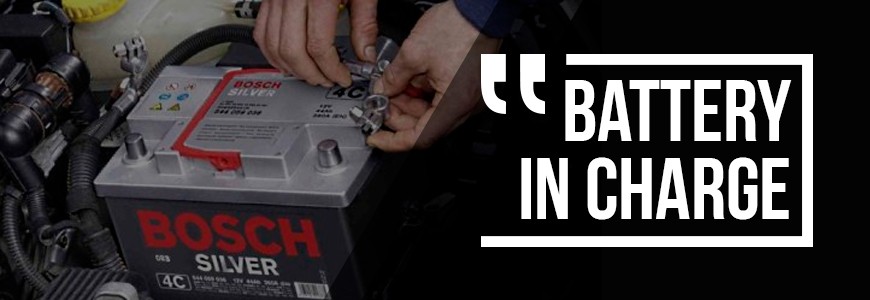
Many drivers are interested in the question: the battery in charge when the engine is running at open-circuit conditions or not. The answer - is in charge, but there are enough to worry about.
Alternator operation principle
The idle speed is a special operation mode of the engine in which the crankshaft and all associated elements function, but torque is not transmitted to the wheels. The car stays still. Tickover is an engine operating mode in which fuel combustion processes are supported to prevent the engine from cutting out. In this case, the alternator powers car's lighter socket and charges the battery, that gives its energy for the engine start.
The main task of the battery is storing electrical energy, that is used for automotive systems operation when the car stays still. The charged battery ensures the normal operation of the anti-theft alarm system, ECM, glass and seat heater.
The alternator tasks:
- It powers the car's lighter socket while the engine is running;
- It charges the battery while the engine is running.
Battery in charge at open-circuit conditions
The voltage at the alternator terminals is at a fixed level, regardless of engine speed, thanks to a voltage regulator.
Usually, the voltage of the car's lighter socket is 14 Volts. When the alternator breaks down and the voltage regulator fails, the voltage generated by the alternator becomes lower or higher. If the voltage is low, the battery doesn’t charge. If the voltage is high, the electrolyte overheats even at idle. In this case, there is a risk that fuses and automotive electronics will fail.
The conditions that are required to charge the battery at idle: no electric current leakage, the battery, and alternator are in good condition.
Hope that we provided insight into the equipment operation. We recommend you to have an eye to the capacity of the battery and electrical systems so that the car will not take out of his way.



COMMENTS